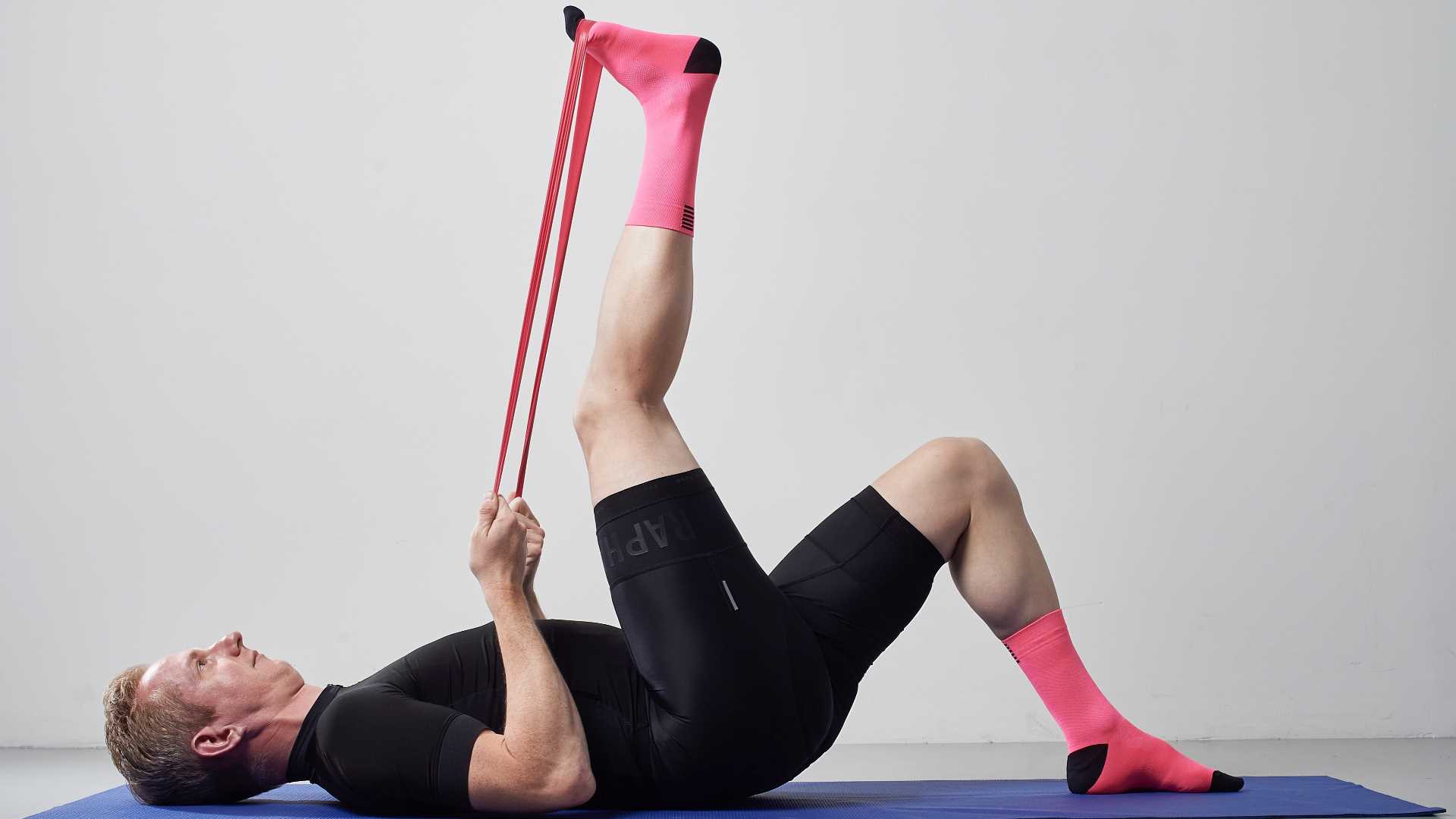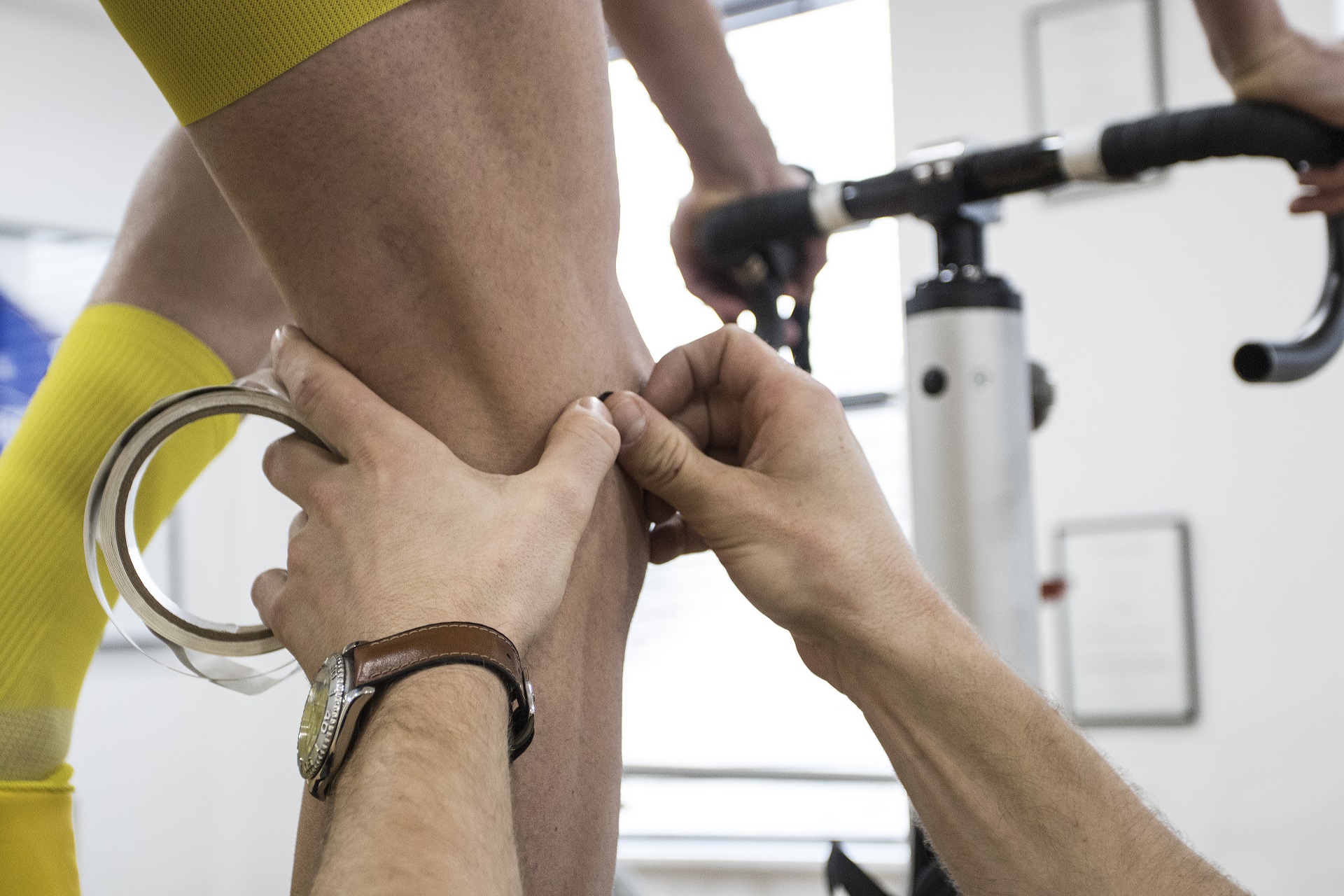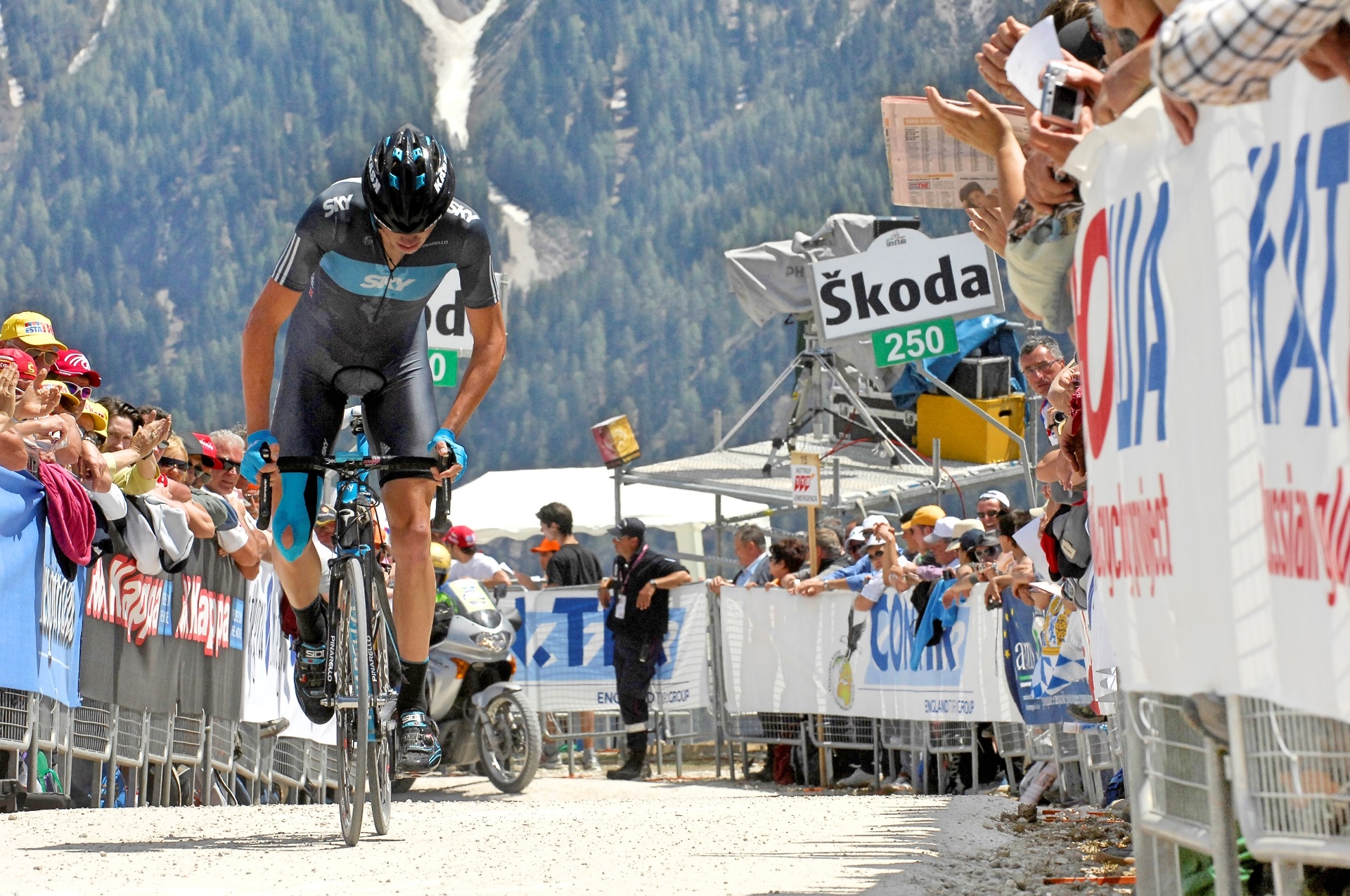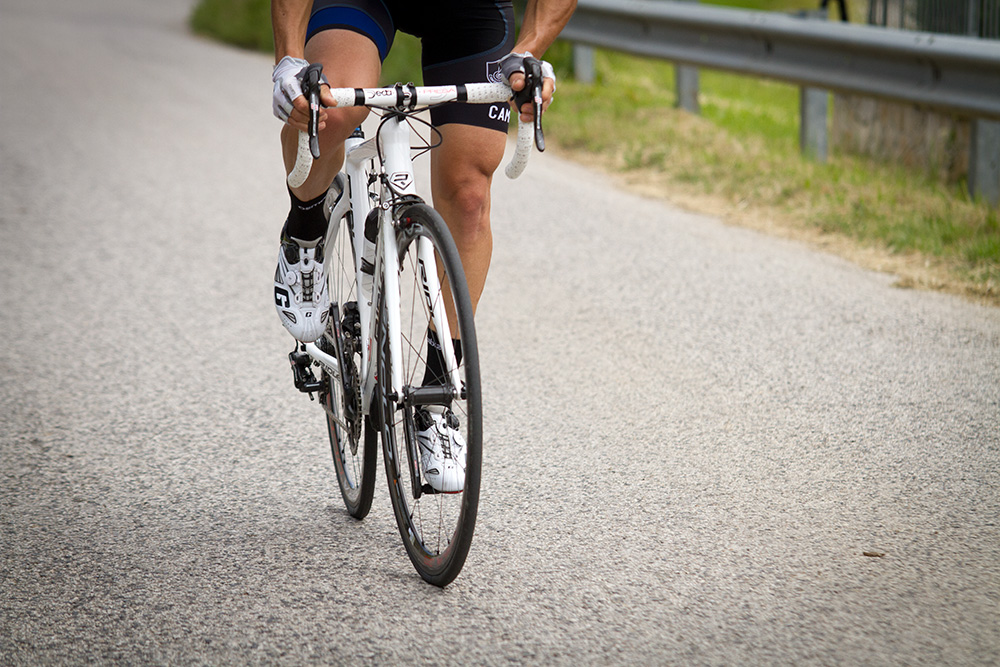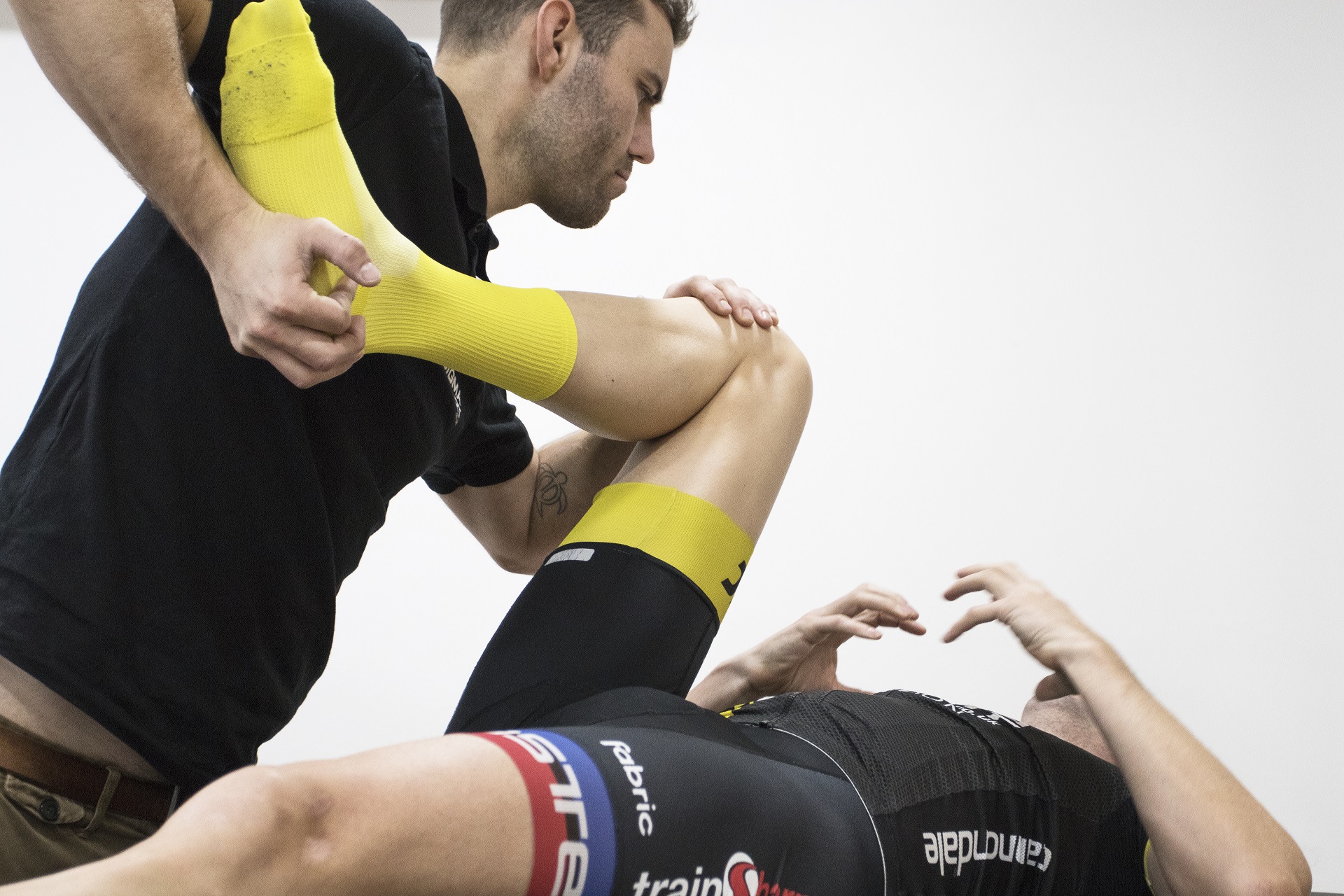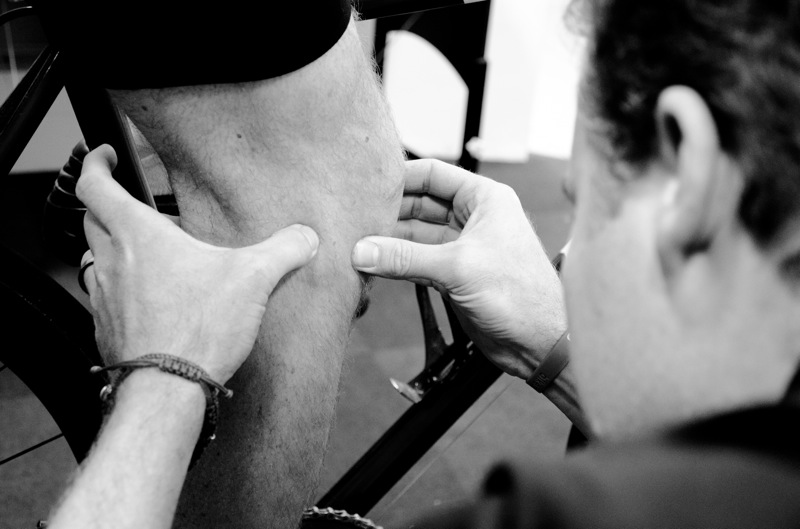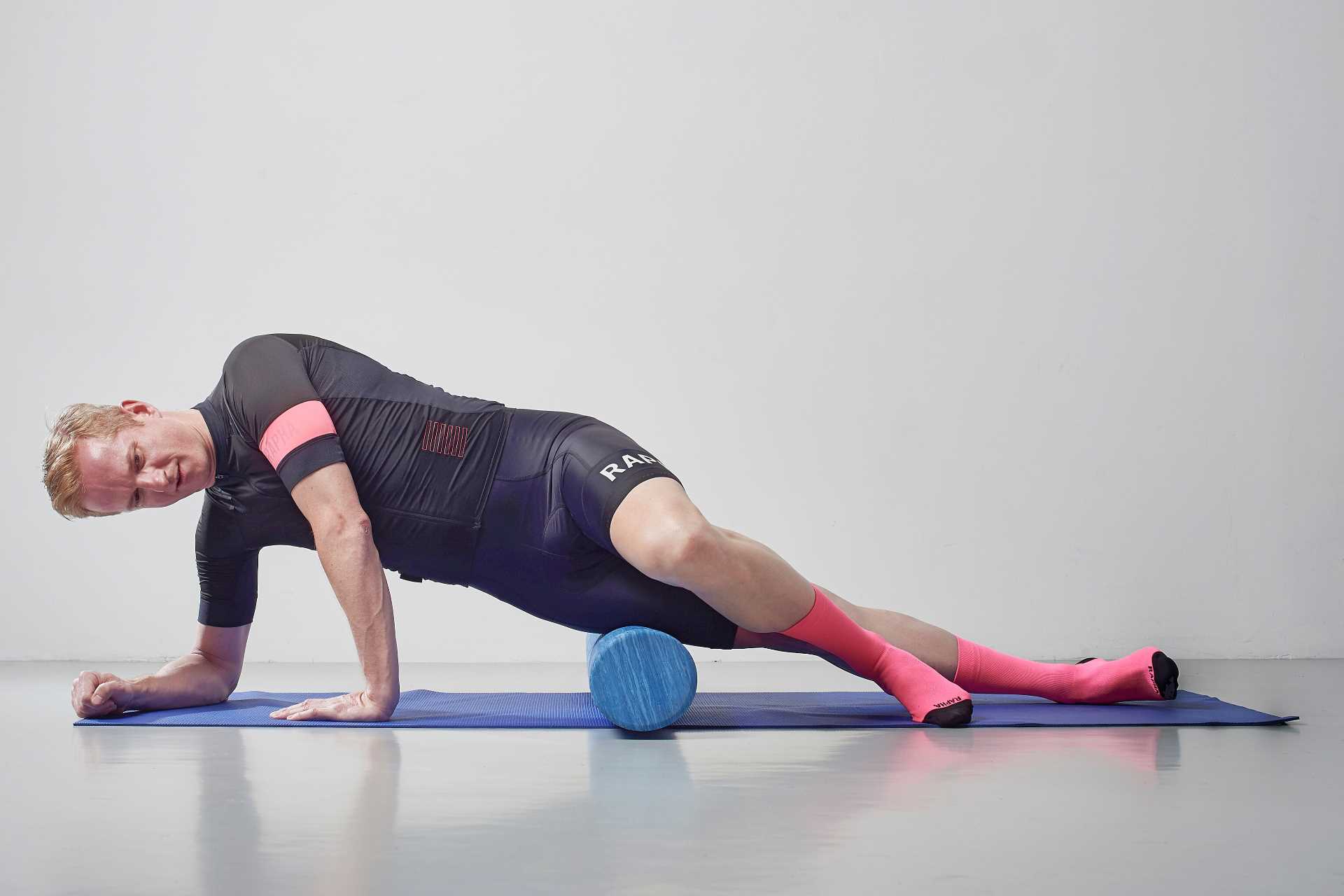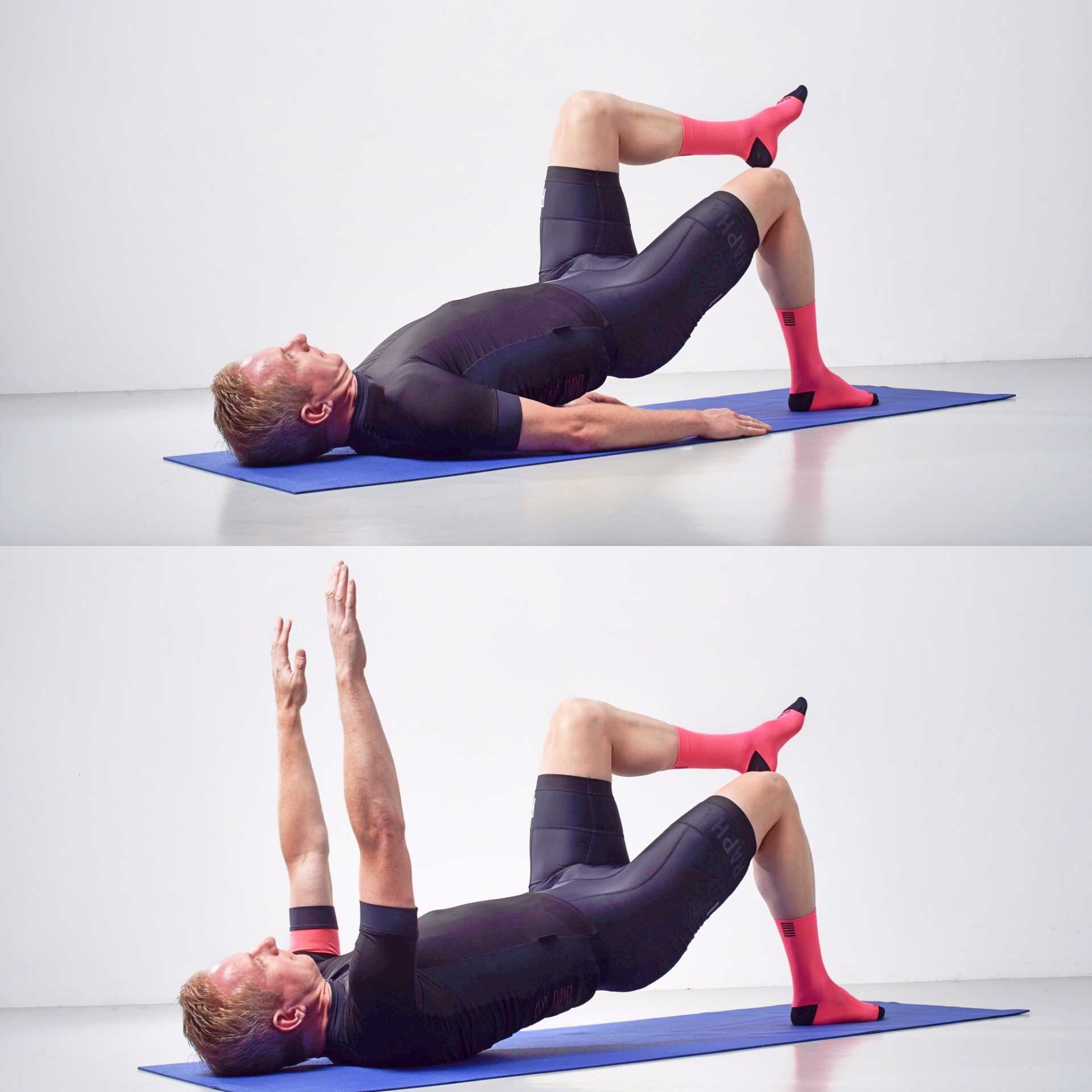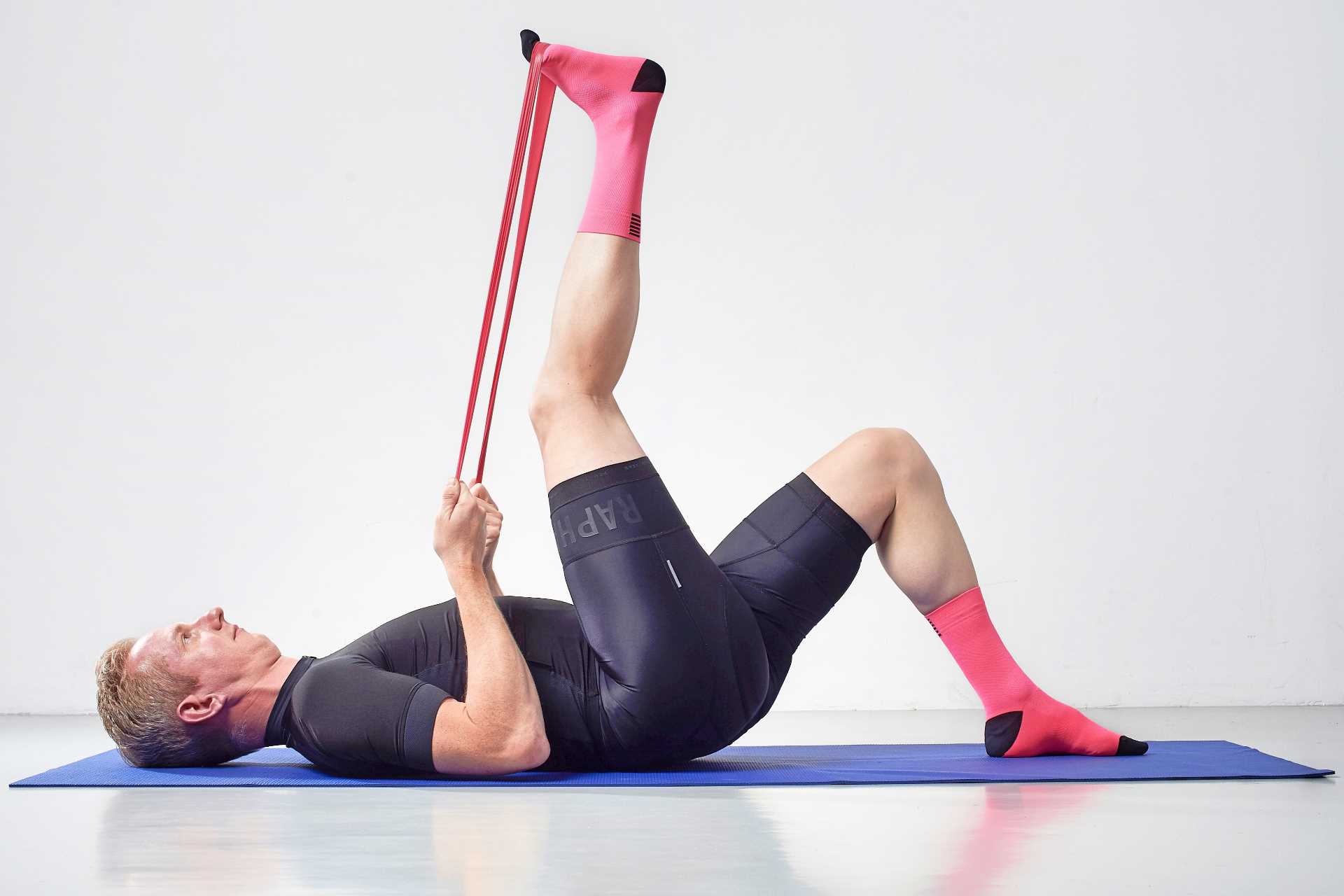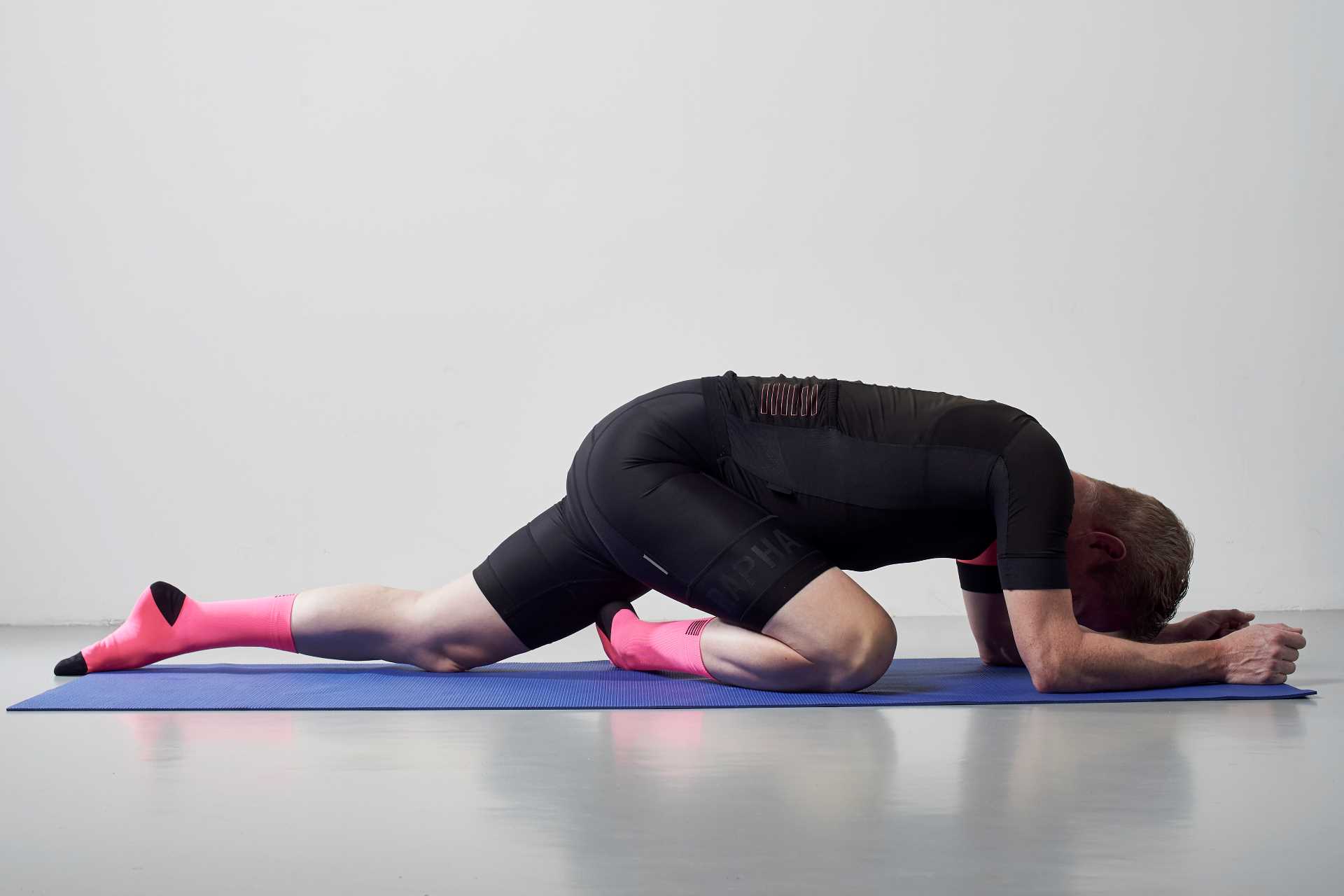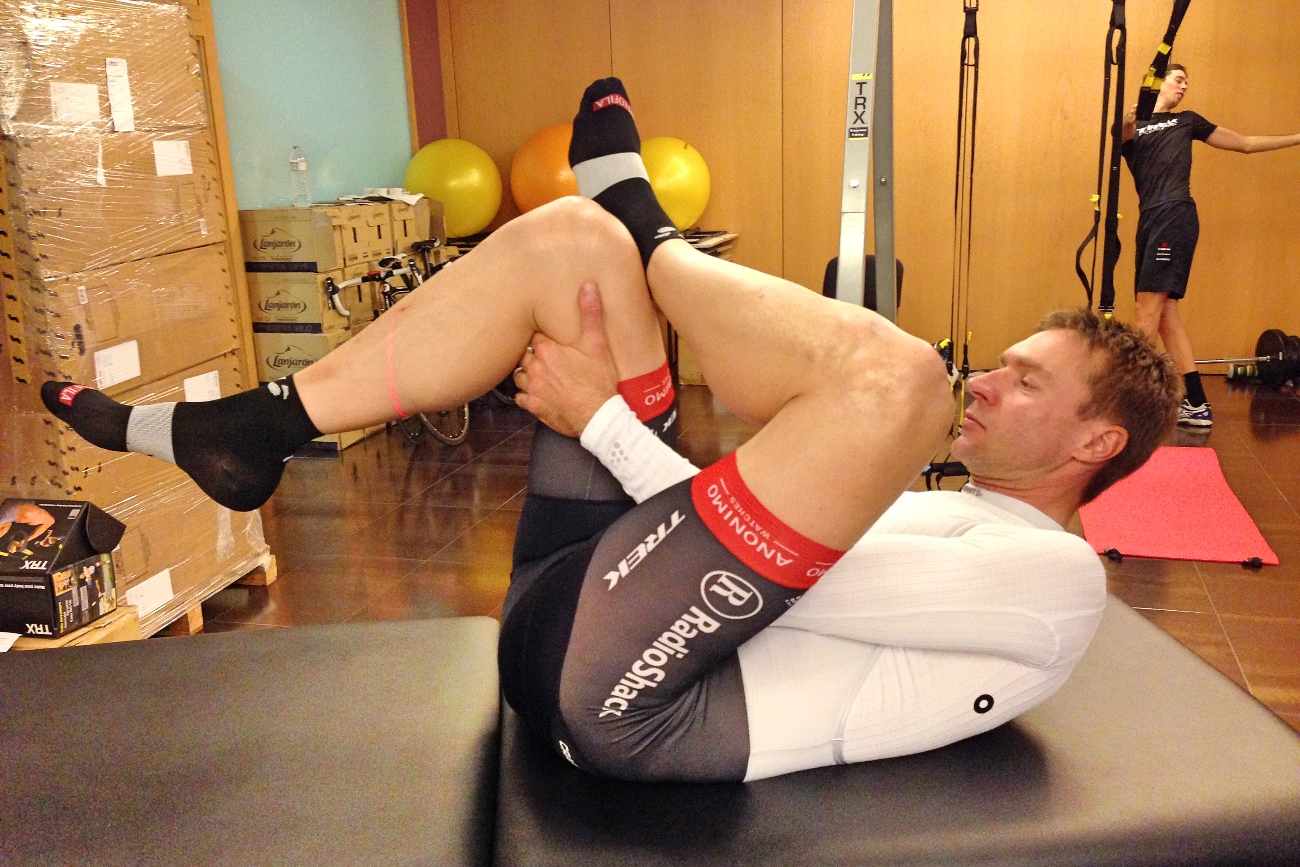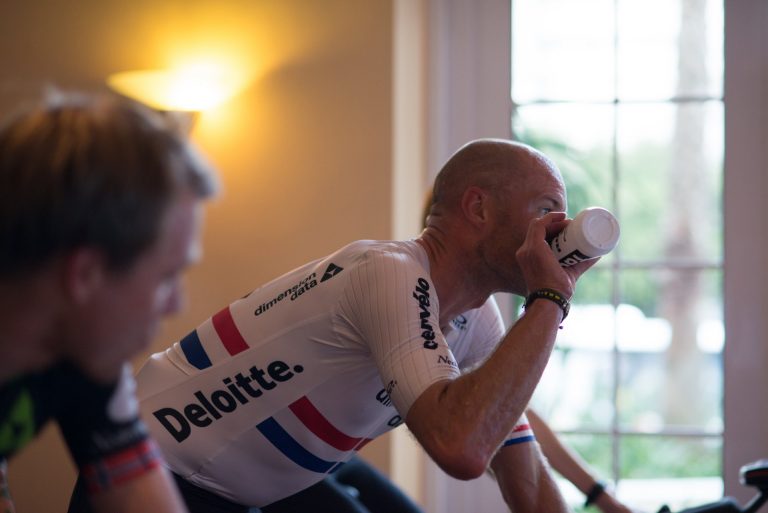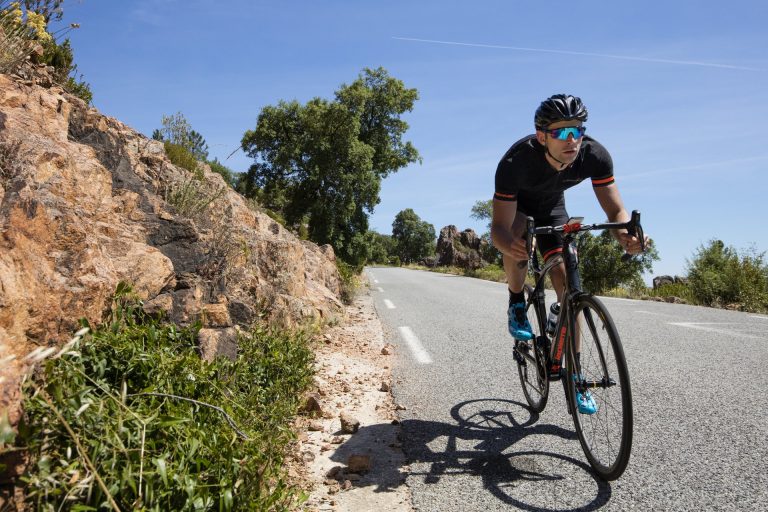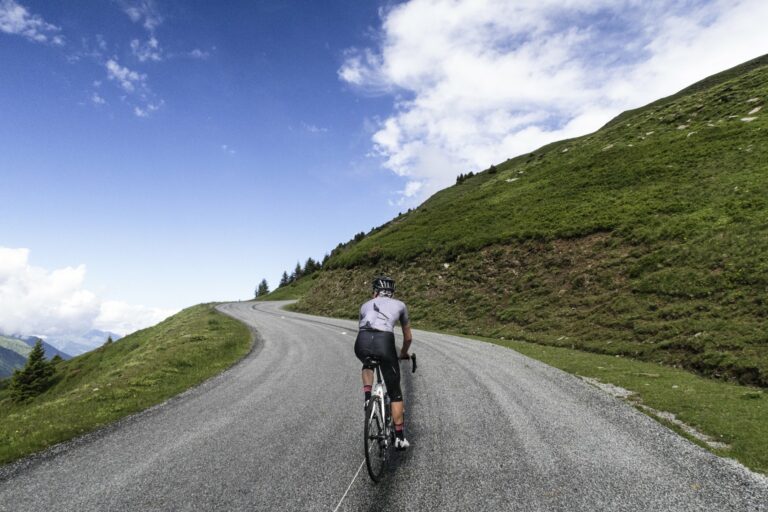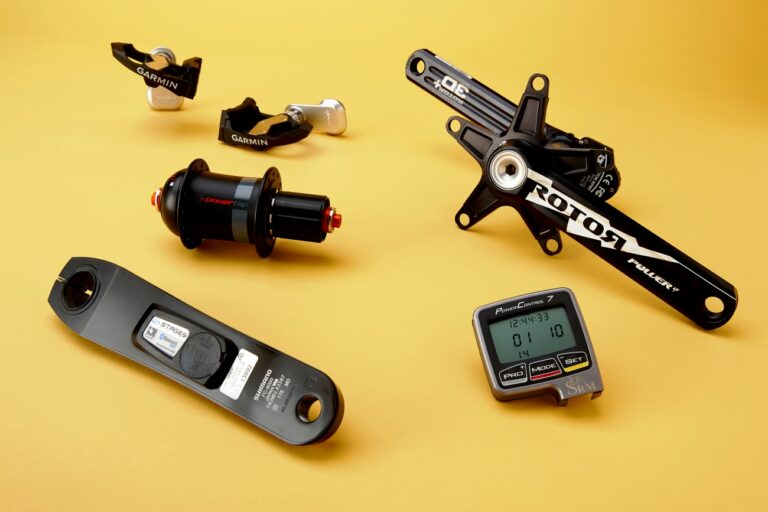One of the most common injuries picked up by cyclists is iliotibial band (ITB) syndrome, which often manifests itself as pain around the outside of the knee.
The iliotibial band extends down the outside of the thigh and over the knee, which it helps to stabilise. The iliotibial band is just one part of a chain of interacting groups of muscles, tendons and ligaments, each of which can have an influence on one another, and ITB syndrome can be caused by a number of aggravating factors. At best, it will cause discomfort, at worst it could keep you off the bike completely.
But what exactly is ITB syndrome, what causes it, and how can it be treated? We spoke to Nichola Roberts at Velo Physio, a specialist physiotherapy clinic for cyclists and triathletes, to discover exactly that.
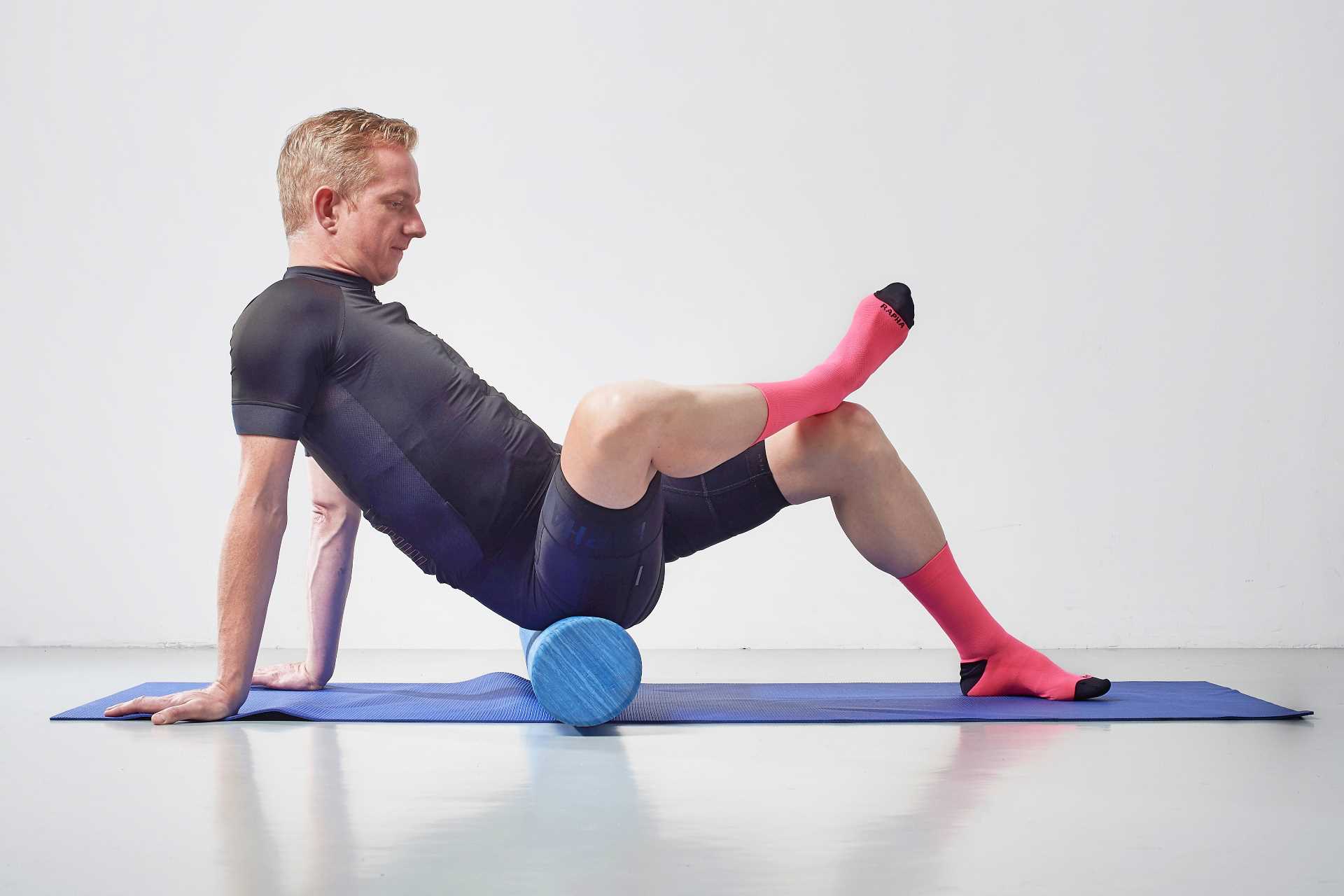
Before any treatment is attempted, it’s always advisable to visit a specialist physical therapist who will be best placed to confirm whether it is ITB syndrome that you’re suffering from, determine the source of your trouble, and propose interventions that will help your individual weaknesses.
But, for now, let’s take a closer look at the potential causes of ITB syndrome, and present some potential solutions and preventative measures that can help you keep your IT band in shape.

